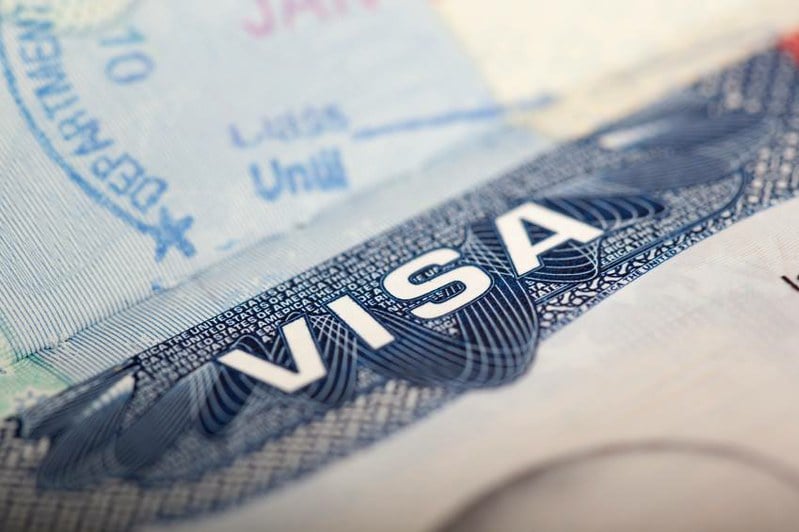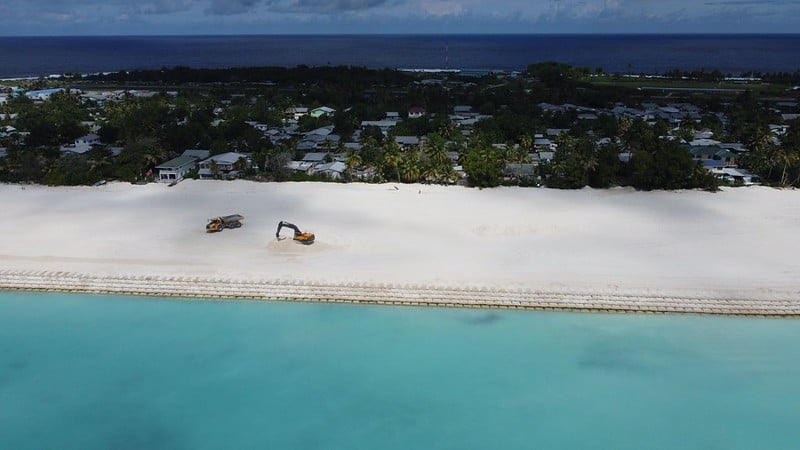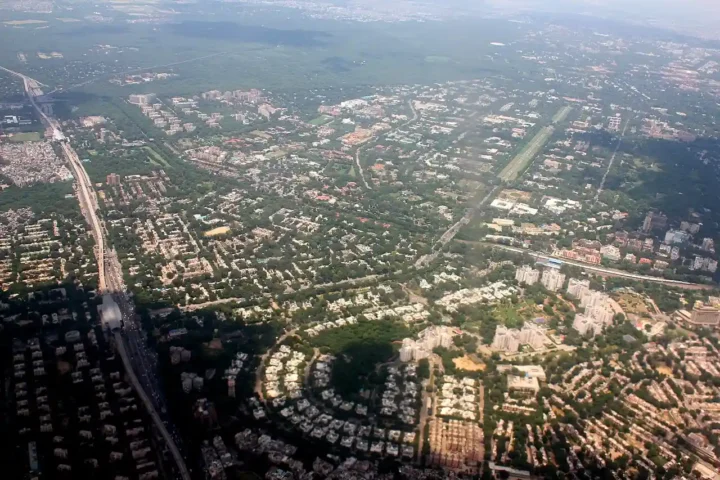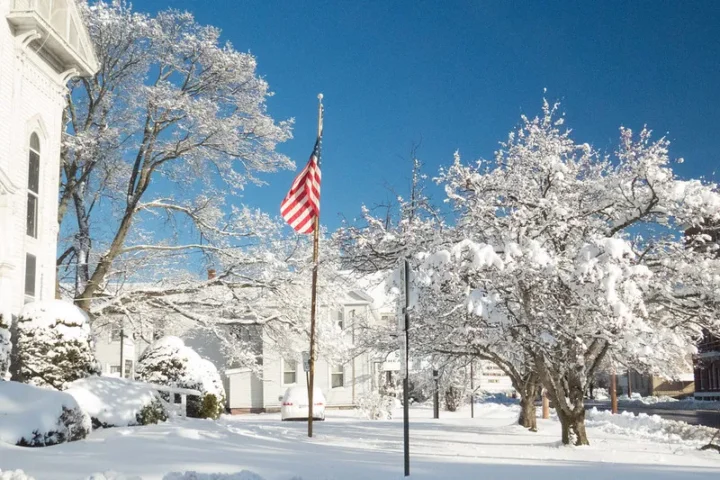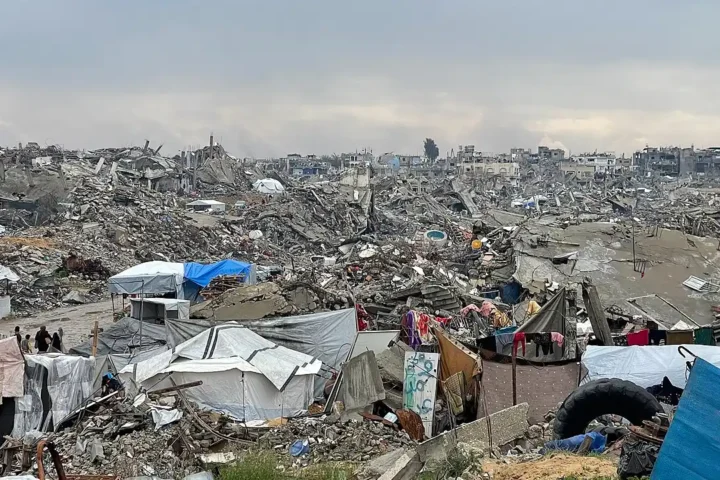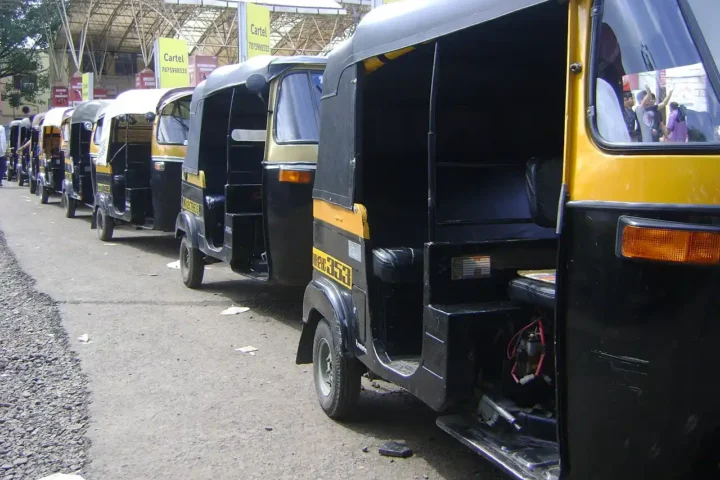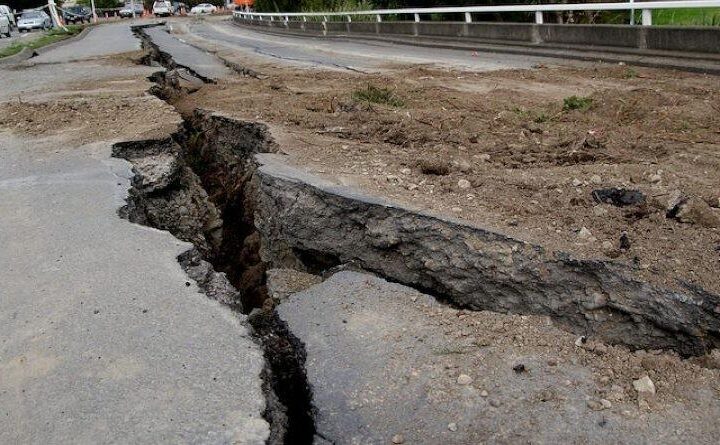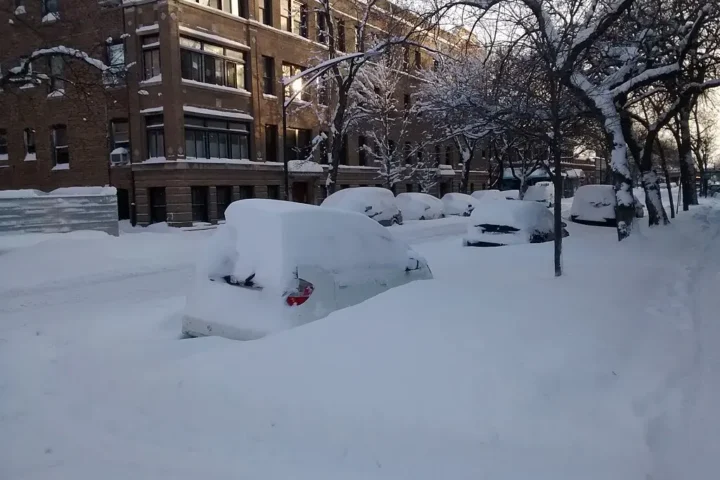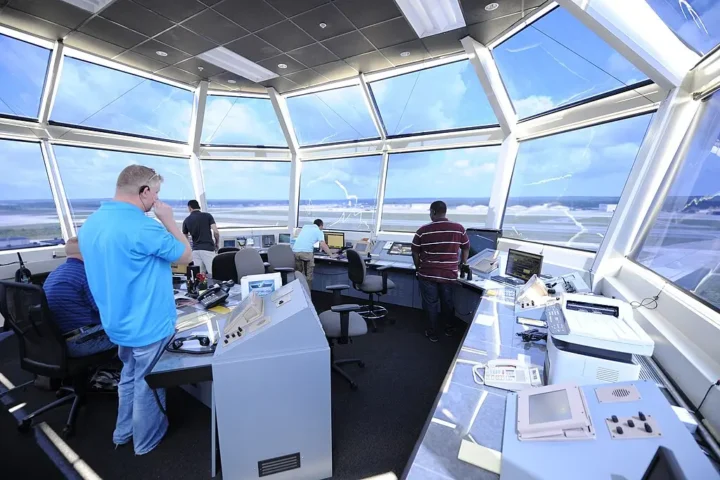Uncle Sam wants more money from foreign travelers. The United States has imposed a hefty new $250 “visa integrity fee” on international visitors through the One Big Beautiful Bill Act, signed July 4, 2025.
This controversial charge hits virtually all non-immigrant visa holders—tourists, students, temporary workers—from countries outside the Visa Waiver Program. Implementation isn’t immediate, though. Government agencies need time to establish collection mechanisms, with most experts expecting the fee to kick in October 1, 2025.
“The visa integrity fee requires cross-agency coordination before implementation,” a Department of Homeland Security spokesperson told CBS News.
Travelers from 42 Visa Waiver Program countries won’t pay this specific fee, though they face an increased ESTA charge, now rising from $21 to $40. Most Canadians and Bermudans also avoid payment since they typically don’t need visas.
Those feeling the pinch include:
- Tourist/business travelers (B-1/B-2)
- International students (F-1/F-2)
- Exchange visitors (J-1/J-2)
- Temporary workers (H-1B, L-1, TN, etc.)
Diplomatic (A) and official (G) visa holders are exempt.
The 42 countries whose citizens can travel to the U.S. for up to 90 days without a visa under the Visa Waiver Program include:
Andorra, Australia, Austria, Belgium, Brunei, Chile, Croatia, Czech Republic, Denmark, Estonia, Finland, France, Germany, Greece, Hungary, Iceland, Ireland, Israel, Italy, Japan, Latvia, Liechtenstein, Lithuania, Luxembourg, Malta, Monaco, Netherlands, New Zealand, Norway, Poland, Portugal, Qatar, San Marino, Singapore, Slovakia, Slovenia, South Korea, Spain, Sweden, Switzerland, Taiwan (though not recognized as an independent country by the U.S.), and the United Kingdom.
Citizens from these countries must apply for ESTA (Electronic System for Travel Authorization) instead of a visa when planning visits of 90 days or less.
The fee will be paid when a visa is issued—rejected applicants don’t pay. It’s technically refundable, but with conditions strict enough that few may qualify. To get your money back, you must:
- Leave the U.S. within 5 days of visa expiration
- Avoid unauthorized employment
- Comply with all visa terms
Additionally, those who obtain a lawful extension of nonimmigrant status or adjustment of status to lawful permanent resident before their Form I-94 expiry date may also seek a refund.
No refund system currently exists, and the Congressional Budget Office projects minimal reimbursement uptake, estimating a whopping $28.9 billion in net revenue over 2025-2034.
“If you get it back, great. But it is usually difficult to get money back from the government,” advised Steven Brown, a partner at immigration law firm Reddy Neumann Brown.
The visa fee isn’t the only price hike. Travelers now face:
- I-94 arrival/departure record fee: up from $6 to $24
- ESTA for Visa Waiver Program travelers: increased to $40 (from $21)
- EVUS for Chinese nationals with 10-year B visas: new $30 fee
For a family of four from Brazil, visa-related costs could reach $1,876—more than double previous rates. Student visa applicants now face total fees of $785+ ($185 MRV + $350 SEVIS + $250 integrity fee).
With this increase, U.S. visa fees now rank among the highest in developed nations:
- Schengen Area (Europe): €80 (~$87)
- Canada: CAD 100 (~$75)
- India e-Visa: $10-$100 depending on visa type
- Australia: AUD 20 (~$14) for Electronic Travel Authority
The $250 visa integrity fee comes on top of existing visa application fees, pushing total costs significantly higher than other countries.
Starting in fiscal year 2026, the visa integrity fee will be adjusted annually based on the Consumer Price Index (CPI). This inflation indexing ensures the fee will continue to rise, potentially reaching over $300 within five years.
The fee’s introduction comes as international visits dropped over 6% in early 2025, with some markets experiencing 60% decreases in bookings. At the same time, the government slashed funding for Brand USA—the country’s tourism marketing organization—from $100 million to just $20 million.
This timing puzzles travel industry leaders, especially with the U.S. set to host the 2026 World Cup and 2028 Olympics.
“Raising fees amounts to a self-imposed tariff on one of America’s largest exports: travel spending,” said Geoff Freeman of the U.S. Travel Association. “These fees discourage visitation without improving the travel experience.”
Fred Dixon, president and CEO of Brand USA, expressed disappointment with the funding cut, stating he is “disappointed with the reduction from $100 million to $20 million in federal matching funds” and that it “will require a significant recalibration of our resources and programming.”
The stakes are substantial. International visitors generated $260 billion in spending in 2024, supporting approximately 15 million American jobs. Universities particularly fear enrollment declines, as international students contribute $41 billion annually to the U.S. economy.
Jorge Loweree from the American Immigration Council warned that “these fees make legal pathways out of reach for thousands. The policies are incoherent—hiking costs while claiming to boost tourism.”
The implementation faces bureaucratic challenges. While DHS sets the fee, visa issuance falls under State Department jurisdiction. Neither agency has clarified which will collect the money or how refunds will be processed.
For those planning U.S. travel:
- Budget assuming the fee is non-refundable
- Monitor travel.state.gov for implementation updates
- Use ESTA if eligible (despite its higher cost)
- Save all entry/exit documentation for potential reimbursement
The visa fee is part of wider immigration policy shifts. Asylum seekers now face a $100 application fee (previously free), with total costs exceeding $1,150. Migrants apprehended between ports of entry may incur a $5,000 penalty.
According to DHS, these measures aim to “restore integrity to the immigration system,” particularly targeting visa overstays, which account for approximately 42% of unauthorized immigrants.
The visa integrity fee aims to generate nearly $29 billion by 2034. However, its sustainability depends on balancing security goals with tourism competitiveness. If reimbursement processes remain cumbersome or visa wait times continue to grow, the U.S. risks accelerating the current tourism decline.
For now, travelers must factor in these higher costs while navigating an increasingly complex entry system to America’s shores.
